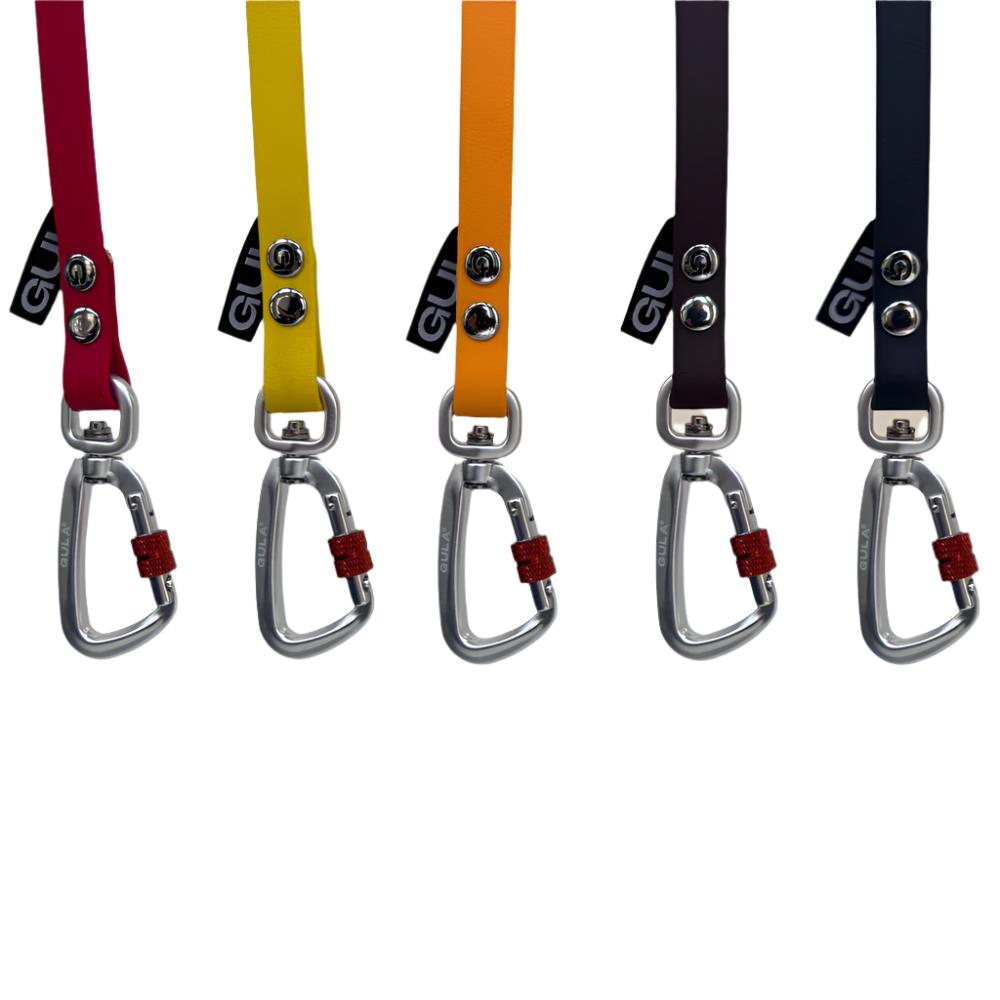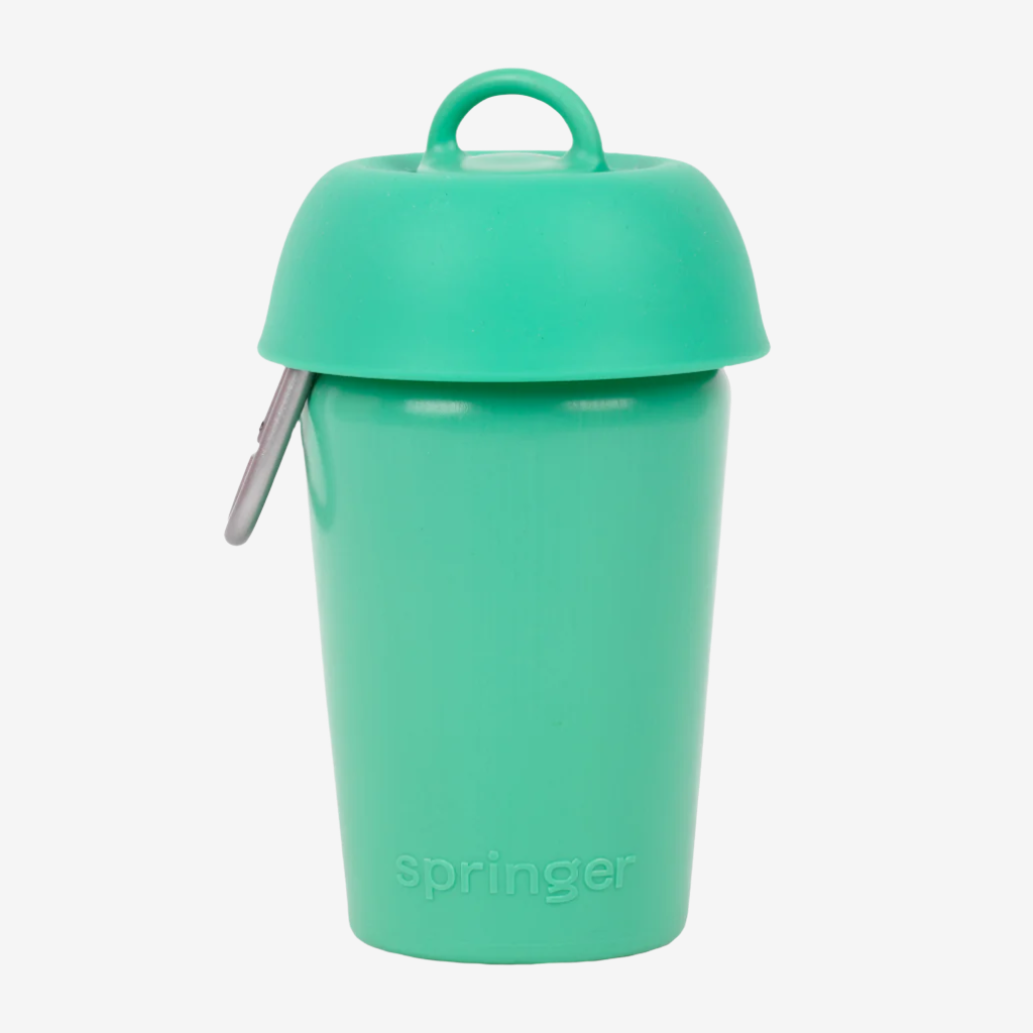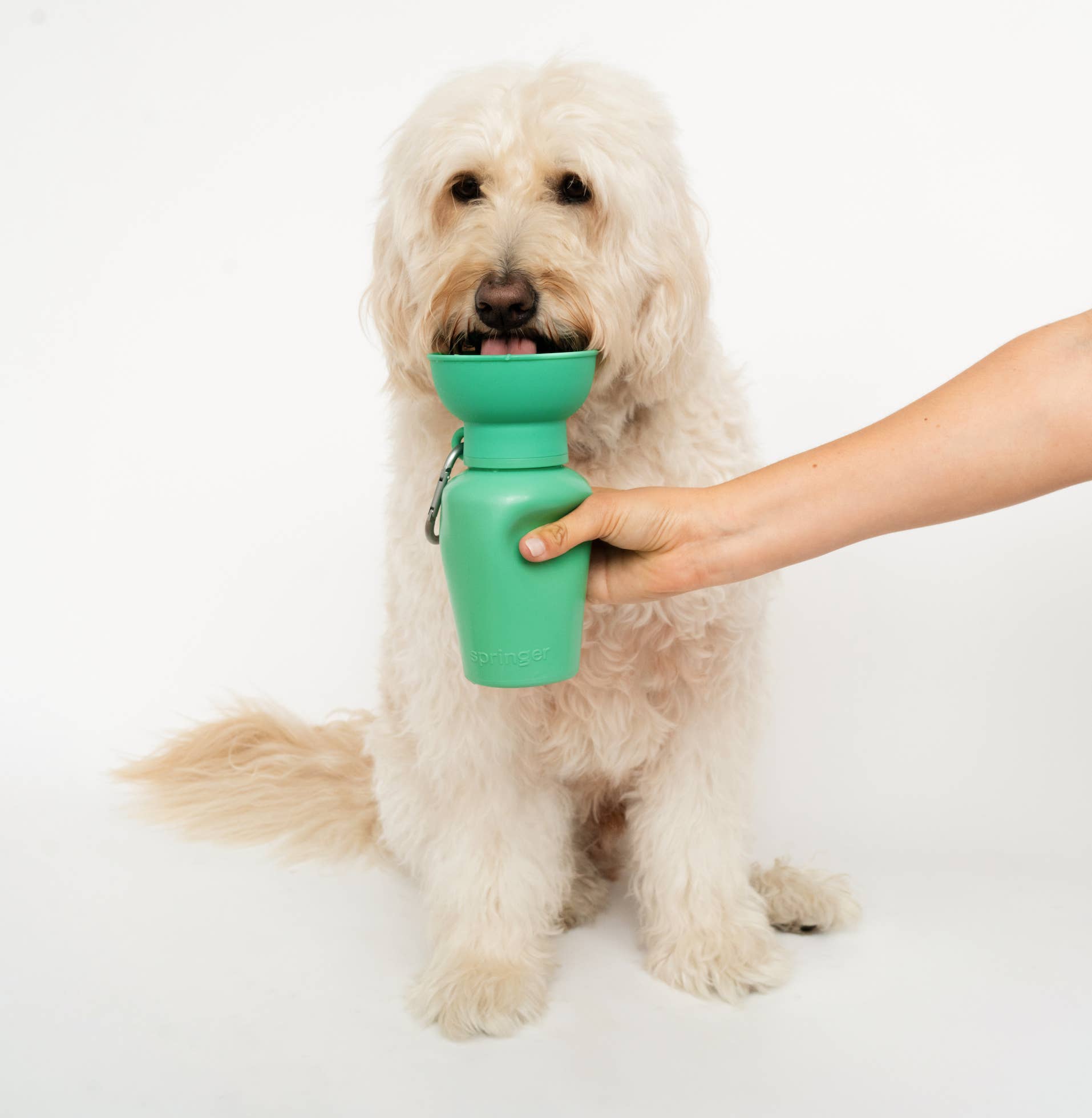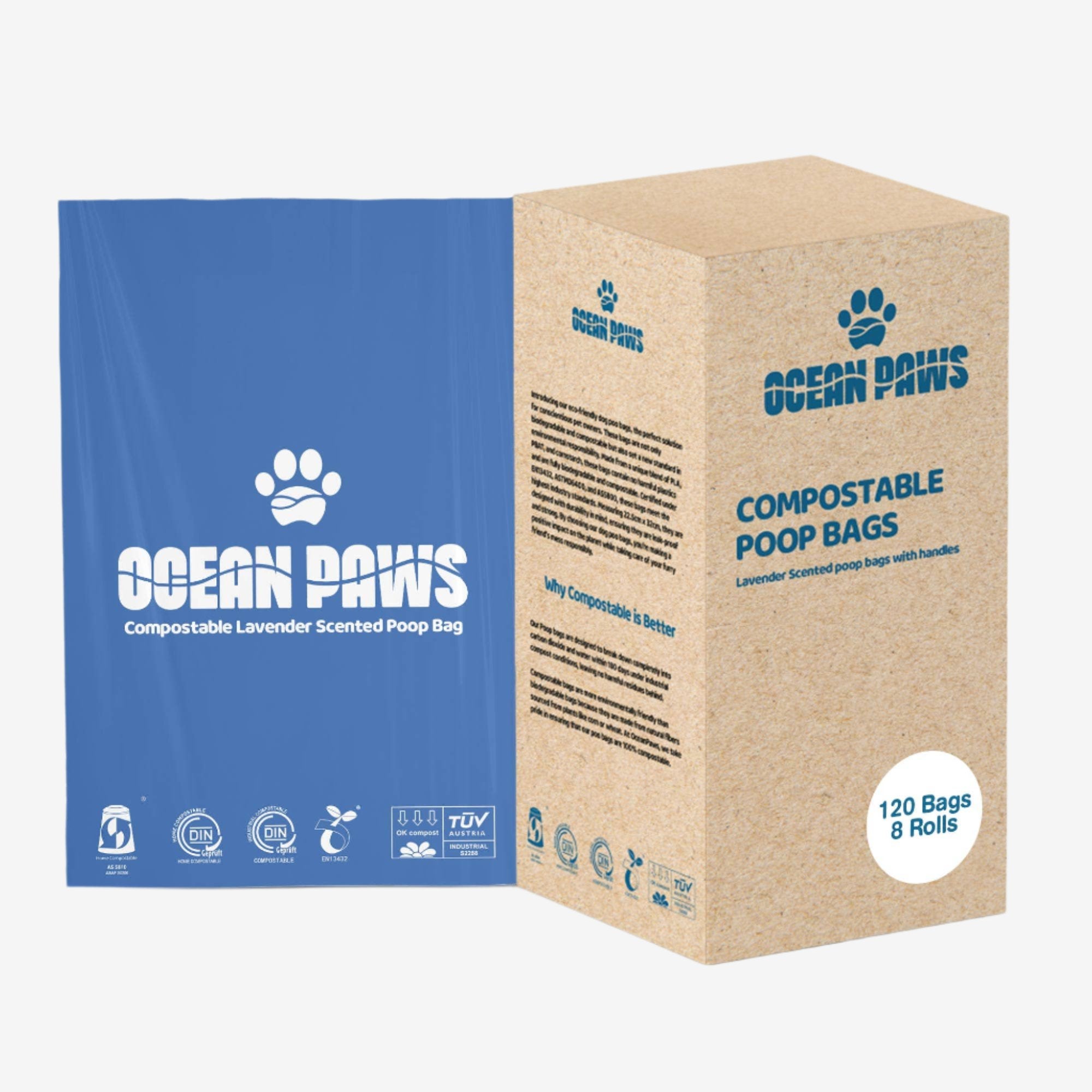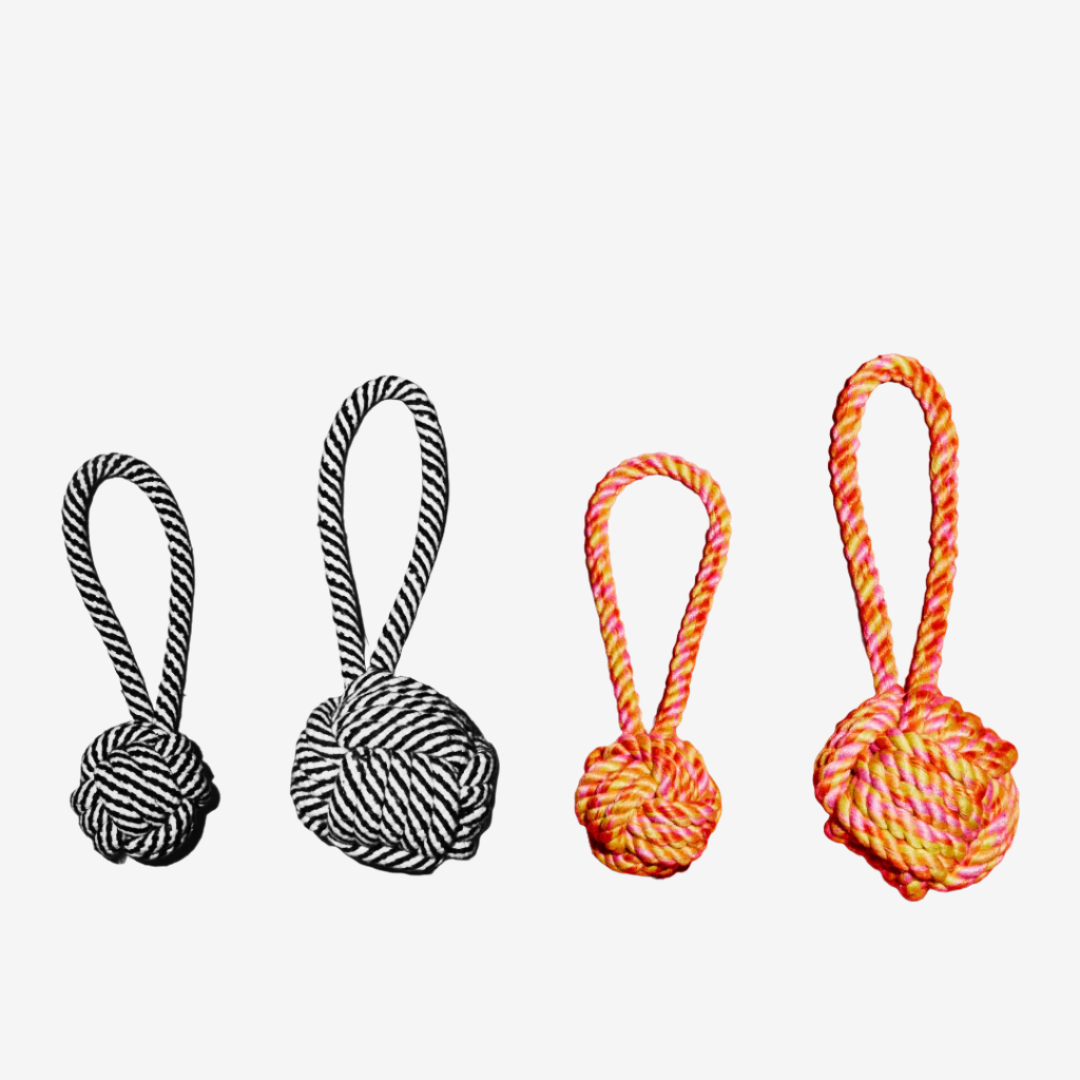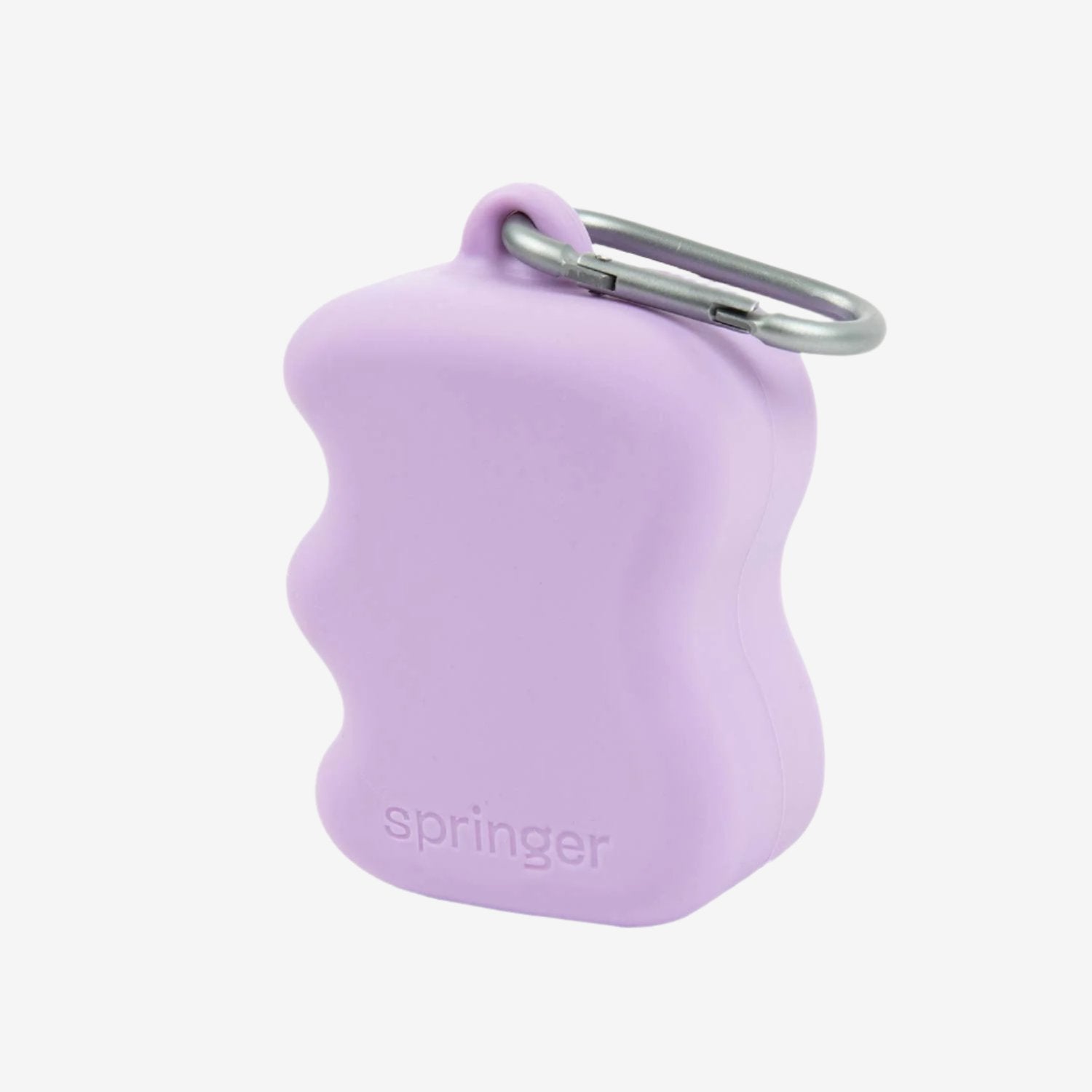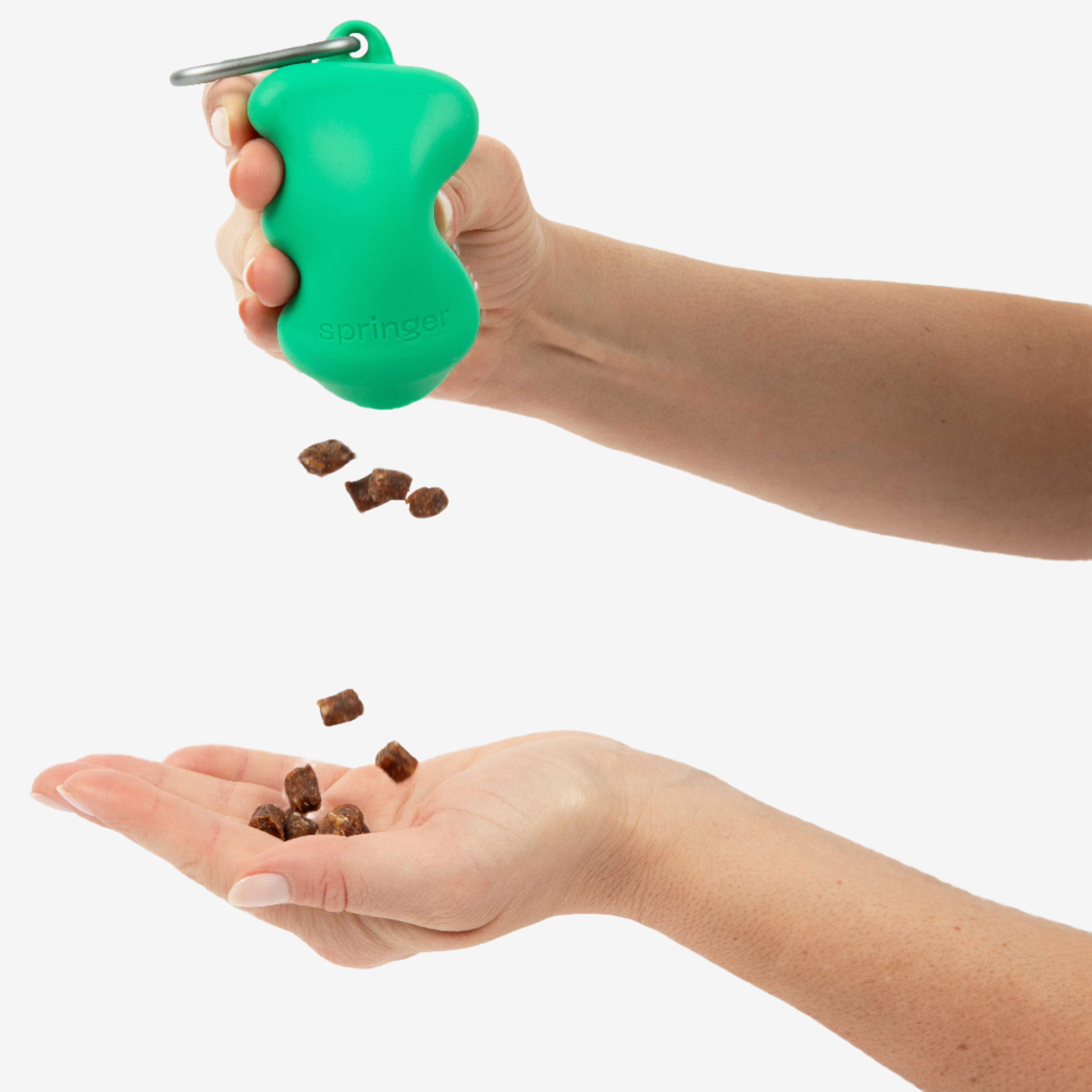A beach day with your dog can be a wonderful way to spend time together, but there are some important considerations to keep in mind to ensure it's safe and enjoyable for everyone. Below, we've compiled a list of essential do’s and don’ts to help you prepare for your beach adventure.
Do’s
- Check the local rules: Not all beaches allow dogs, and some may have seasonal restrictions or require dogs to be on leads. Check the local guidelines before you head out, or consult the MUTTS' beach guide to find a dog-friendly location.
- Stay hydrated: It’s important to ensure your dog doesn't become dehydrated in the sun. Carry fresh water and offer it to them regularly. If there are no natural shaded areas, bring an umbrella or shaded spot for them to rest.
- Mind the weather: Dogs are more sensitive to heat than humans. If temperatures exceed 19°C (66°F), exercise caution, especially on hot sand. At 24°C (75°F) and above, dogs can overheat quickly, particularly those with thick coats or flat faces. Avoid the hottest part of the day—midday sun—and consider going early or later when it’s cooler.
- Test the sand temperature: If the sand is too hot for your hand, it’s too hot for your dog’s paws. Scorching sand can cause burns and discomfort, so always test it first.
- Take breaks: Encourage your dog to take breaks in the shade, and bring a mat for them to relax on. Even active dogs need time to cool down.
- Know the signs of heat exhaustion: Watch for signs such as excessive panting, drooling, and lethargy. If you suspect your dog may be overheated, contact your vet for advice.
- Rinse off after swimming: After your dog takes a dip in the sea, rinse them off to remove salt and sand that could irritate their skin. Use a paw balm if their paws become dry or cracked.
- Be mindful of wildlife: Many beaches are home to seabirds, seals, and other wildlife. Always keep your dog at a respectful distance to avoid disturbing these animals.

Don’ts
- Don’t assume all dogs love the water: Not all dogs enjoy swimming, and some may be afraid of waves. Let your dog explore at their own pace and never force them into the water, as this could create a negative association with the beach.
- Don’t let them drink seawater: Seawater can cause dehydration and upset stomachs. Make sure to offer fresh water instead.
- Don’t let them eat sand: Some dogs enjoy digging and playing in the sand, but eating too much can lead to digestive issues or blockages. Keep an eye on your dog, especially if they're playing with a ball.
- Don’t leave waste behind: Always clean up after your dog to keep the beach enjoyable for everyone. Bring enough waste bags and dispose of them properly.
- Don’t let them off-lead without control: Even on dog-friendly beaches, ensure your dog has good recall before letting them off the lead. Be aware of other beachgoers, children, and other dogs. If your dog’s recall isn’t perfect, consider using a long lead so they can explore while staying under control.
- Don’t forget to check for hazards: Beaches can have sharp rocks, broken shells, jellyfish, and strong currents. Always check the area before letting your dog roam free to avoid potential injuries.







